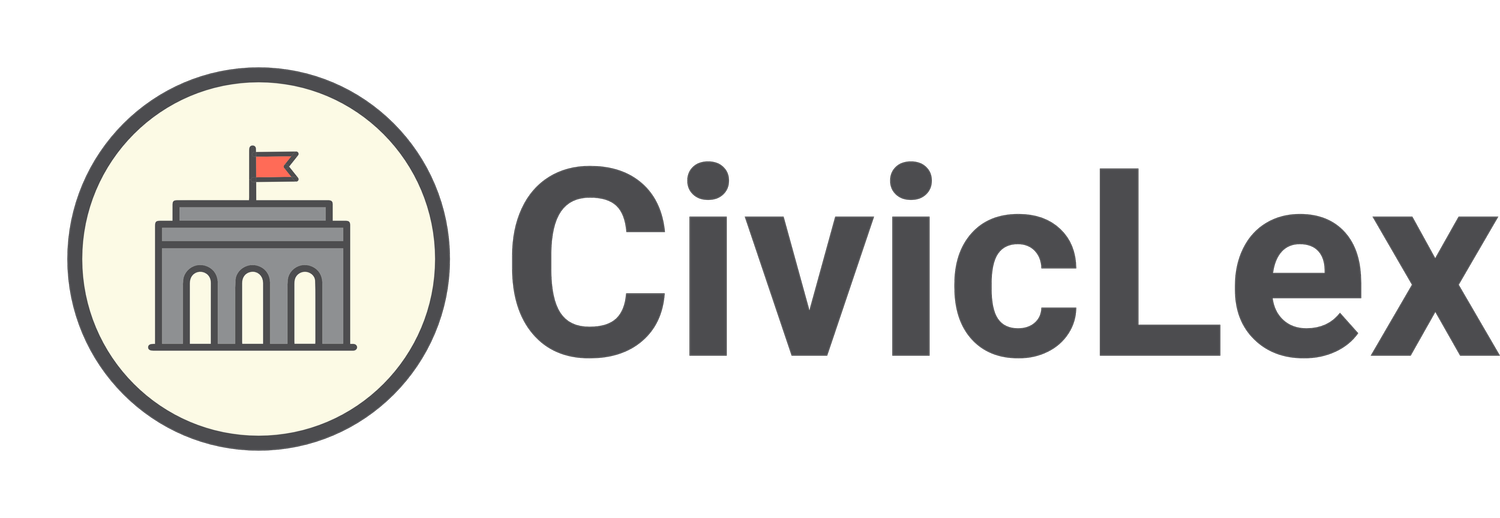Lextran will present the microtransit feasibility study this week
In Tuesday’s Council Work Session, Lextran General Manager Fred Combs will present an overview of the microtransit feasibility study. The feasibility study outlines how and where a microtransit service could look in Lexington, and how much it would cost to operate a pilot project.
What is Microtransit?
Microtransit is a broad term used to describe public transportation that typically provides door-to-door or curb-to-curb service using smaller vehicles like cars or vans.
Microtransit has come up as a talking point in Lexington over the past year or so, largely due to advocacy from BUILD, a coalition of Lexington churches that advocates for various policies.
BUILD believes a microtransit service could fill existing transit gaps for people who live too far away from a bus stop who cannot afford private microtransit services like Uber or Lyft, and for whom Lextran’s paratransit Wheels service is too unreliable.
Where could microtransit work in Lexington?
The study — conducted by national transportation firm Nelson\Nygaard — analyzed different areas of Lexington that could benefit most from a microtransit service.
Priority zones included areas with limited bus routes, concentrations of jobs and services, and neighborhoods where many residents may rely on public transit.
The study recommends launching a pilot in a zone between Versailles Road and Newtown Pike, which includes employment centers, medical facilities, and a high volume of Wheels service users.
Nelson\Nygaard’s study proposes a two-year pilot with the following structure:
Service area: Riders could start and end a trip anywhere within the pilot area.
Hours: 6am to 8pm, seven days a week.
Vehicles: At least two vehicles operating within the zone at all times.
Cost: Riders would pay $3 per trip and receive a free transfer card for connecting to fixed-route Lextran buses.
Trips would not operate outside the zone — riders traveling beyond it would need to transfer to a regular bus route.
What are the costs?
The study also outlines the projected costs and expected ridership for a pilot program, which would likely total $2.3 million over two years.
The fare box recovery ratio — the percentage of the system’s operating cost that would be covered by the fare passengers pay for each ride — would be roughly 5%.
Lextran would need to find other funding sources to pay for the other 95% of the operating costs.
How much would it cost riders — and how many would use it?
While a microtransit rider would only pay $3 for a trip, each trip would cost Lextran $59.75 to operate.
Each trip on a Lextran bus costs $5 per passenger.
Based on national case studies, the study estimates that the pilot would have 1.9 passengers per hour, or roughly 377 trips per week.
For Comparison, Lextran’s fixed-route buses average 12,444 weekday trips and 22 passengers per hour.
Council allocated $250k in the FY26 Budget to partially fund a microtransit pilot. Additional funds — potentially from state, federal, or philanthropic sources — would be needed to implement the service.
You can review the presentation slides starting on page 11 of this packet.
Council Work Session will be held on Tuesday, June 3rd at 3pm in Council Chambers. You can attend in-person or watch live on LexTV.

